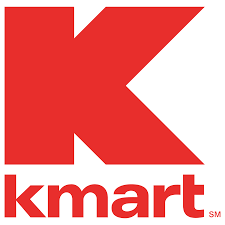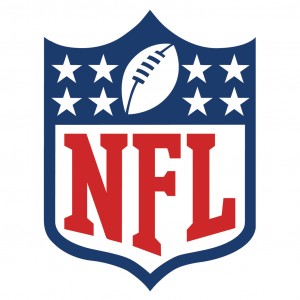When people think about the biggest discount retail stores, they think about Wal-Mart or Target. For a while now those two stores have dominated the discount retail market. Yet, that was not always the case. From the 1960s to the 1990s the two stores that had the majority of the market share were Wal-Mart and Kmart. Both Wal-Mart and Kmart were founded in 1962 and focused on minimizing cost as their business strategy. From the 1960s to the early 1990s they both experienced a lot of growth and Wal-Mart and Kmart generated revenues of 15.96 billion and 25.63 billion respectively. As the 1990s continued the two companies headed into different directions. Wal-Mart became the behemoth that it is today while Kmart began to dwindle. One of the reasons that happened was because of how they developed or in Kmart’s case ignored supply chain management.

 Supply chain management is the integration ofactivities that procure materials and services, transform them into intermediate goods and the final product, and deliver them to customers. Competition is no longer between companies; It is between supply chains.
Supply chain management is the integration ofactivities that procure materials and services, transform them into intermediate goods and the final product, and deliver them to customers. Competition is no longer between companies; It is between supply chains.
Wal-Mart was a leading pioneer in supply chain management in the discount retail store industry. Most of the concepts they introduced in the 1990s are still in use today by many discount retail stores. Some of the concepts that Wal-Mart introduced were bypassing the whole-sellers to replenish their stores, developing a network of regional and local distribution centers, cross-docking at the warehouses, owning a captive fleet for store delivery, investing in the data-link connecting stores to the headquarters so that demand can be communicated effectively and without delay, and actively collaboration with suppliers like P&G to share demand data. Wal-Mart saw their revenues soar because of the implementation of these concepts and broke away from the rest of the pack.
Instead of trying to develop their supply chain management and focusing on minimizing cost Kmart bought high end items to stock their shelves, going away from the strategy that made them successful in the first place. In the early 2000s they tried to revert back to their previous strategies but were too late and were heading towards bankruptcy. They merged with Sears and even with the help of Sears, Kmart stores have not been ale to regain their market share. Today very few Kmart’s exist and every week more and more Kmart’s close. The future of Kmart is cloudy. Supply chain management is an integral part of how businesses are ran and has the capability to determine whether businesses are successful.
Do you think Kmart can make a comeback and regain their market share? Or are they too far behind too catch up?
Do you know of any other instances where supply chain management had such a large impact in two or more competing companies? What were the results?
http://www.supplychainmusings.com/2012/06/business-strategy-must-drive-supply.html
